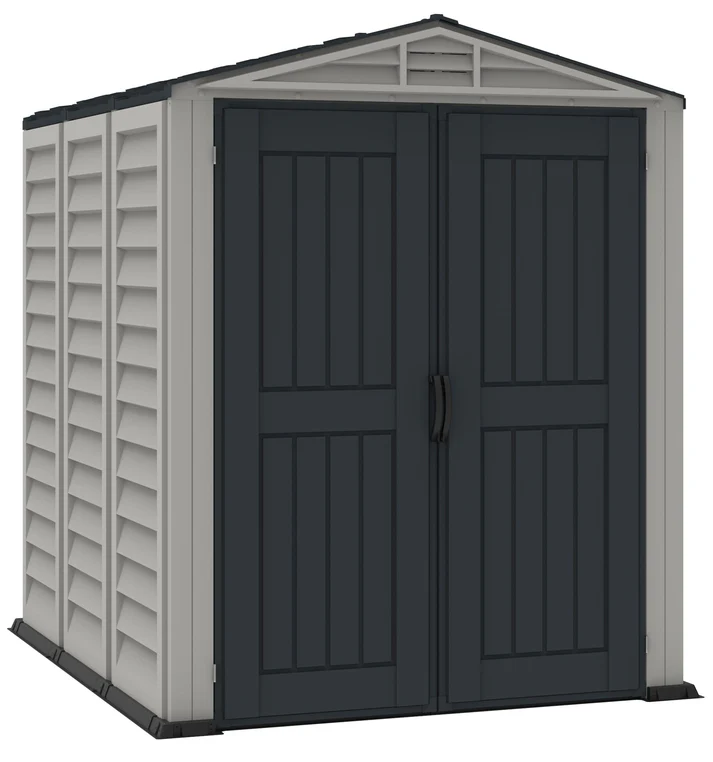When the recipient processes it, the original message matches and what has been ordered and delivered can be verified. A barcode labeling standard helps monitor inventory, helps replenishment, minimizes distribution time, and enables traceability of products. Asset Inventory Control: Many companies have numerous fixed assets that need to be tracked so that costs can be allocated appropriately. In such cases, barcodes are placed on all elements and linked to a barcode in the specific work area. In addition to being more accurate than manual data entry, entering barcode data is much faster.
Barcodes save time and money because they can be read by a scanner, a handheld device, or one built into a payment station, rather than an employee having to manually enter product information. The barcode has a low barrier to entry: all a company needs is a printer, a scanner and basic inventory management software. Barcodes encode product information into bars and alphanumeric characters, making it much faster and easier to call items in a store or track inventory in a warehouse. It only takes a few minutes to master the hand scanner to read barcodes.
Because the barcode can withstand difficult conditions, it is often used in surgical tools, circuit boards or electrical sorting boards in devices. State-of-the-art QR codes are also implemented to learn more about customers’ behavior and preferences. Thanks to real-time QR code tracking, companies can see how many times the barcode has been scanned, where it has been scanned and which devices have been used to scan it. Collecting more comprehensive barcode data gives a more detailed picture of what is really happening “on the ground” in an organization and in the market. By taking the guesswork out of guesswork, companies can make much more informed decisions that help them sustainably scale their operations and take advantage of opportunities.
To minimize manual errors when entering data, employees often spend a lot of time researching packages, reading identifying information, and correcting data they didn’t enter correctly. Barcodes significantly speed up the package registration process by reducing the reading and writing of identification numbers to little more than pointing a scanner at the barcode. For example, in a retail environment, employees can use barcode technology to call dozens or even hundreds of products within minutes. In the transportation industry, advanced barcode scanners can instantly read package information from hundreds of coded packages as boxes make their way along conveyor belts. Wasp started with the desire to provide simple, simple and error-free tracking solutions for SMBs.
Wireless capabilities: Many barcode scanners come with wireless capabilities, making it easy to take them anywhere in your store to scan items. A barcode scanner can help streamline and facilitate processes for your retail gs1 barcode business. Here are eight ways your business can benefit from this hardware. Once you’ve correctly categorized your products, generated your barcodes, and set up your scanner, it’s time to print and label your inventory.
